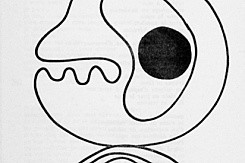Lenore Tawney received formal training at the New Bauhaus in Chicago in the 1940s. Who were her mentors there? How did their teachings influence her work on the level of form and practice?
Lenore Tawney spent only a year and a half at the Institute of Design (as the school was called when she attended in 1946–47), but that brief time was foundational to her career as an artist. She studied sculpture with Alexander Archipenko, drawing with Laszlo Moholy-Nagy, drawing and watercolor with Emerson Woelffer, and weaving with Marli Ehrman. “Moholy taught me to draw, when I thought I could not draw,”1 Tawney recalled. Drawing later became a significant part of her practice. The importance of learning to weave cannot be overestimated, for Tawney’s weavings are considered to be her most groundbreaking works. Studying sculpture with Archipenko proved critical to her Woven Forms—the innovative sculptural weavings created during the 1960s. Tawney would say later: “Archipenko would have liked them…they showed his influence.”2
So the roots of these key areas of Tawney’s practice—weaving, sculpture, and drawing—can all be traced back to the Institute of Design.



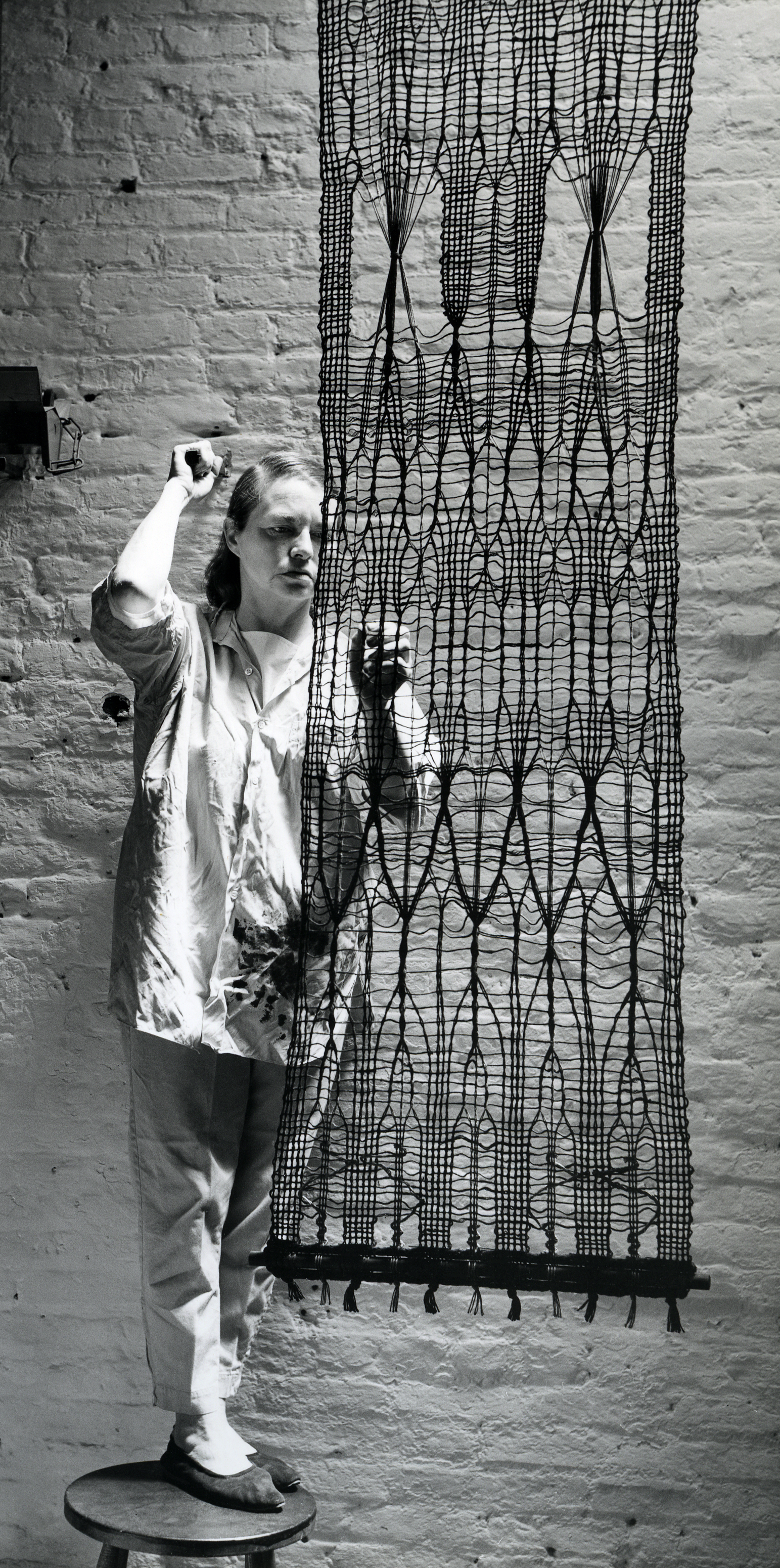


_crop.jpg?w=245&h=163&c=1)

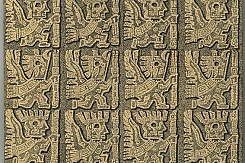
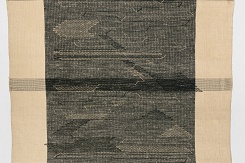







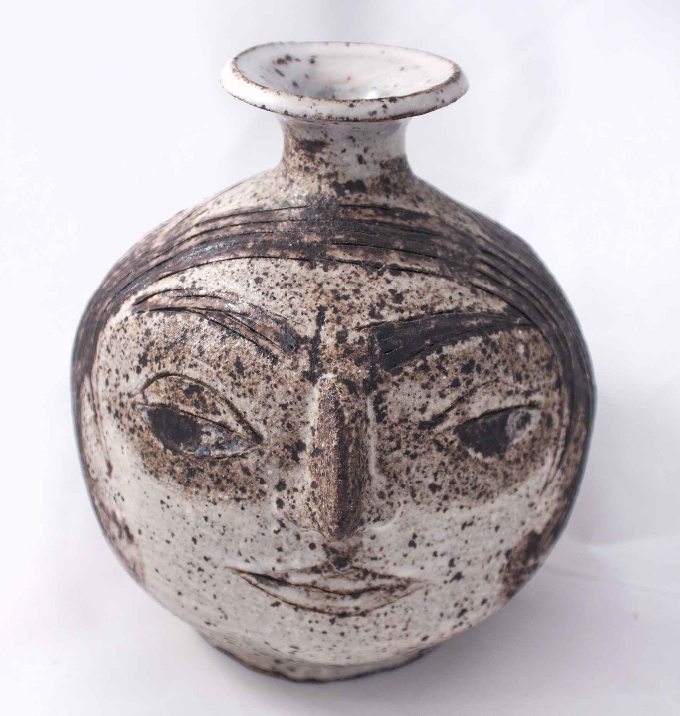





 Kopie.jpg?w=245&h=163&c=1)


